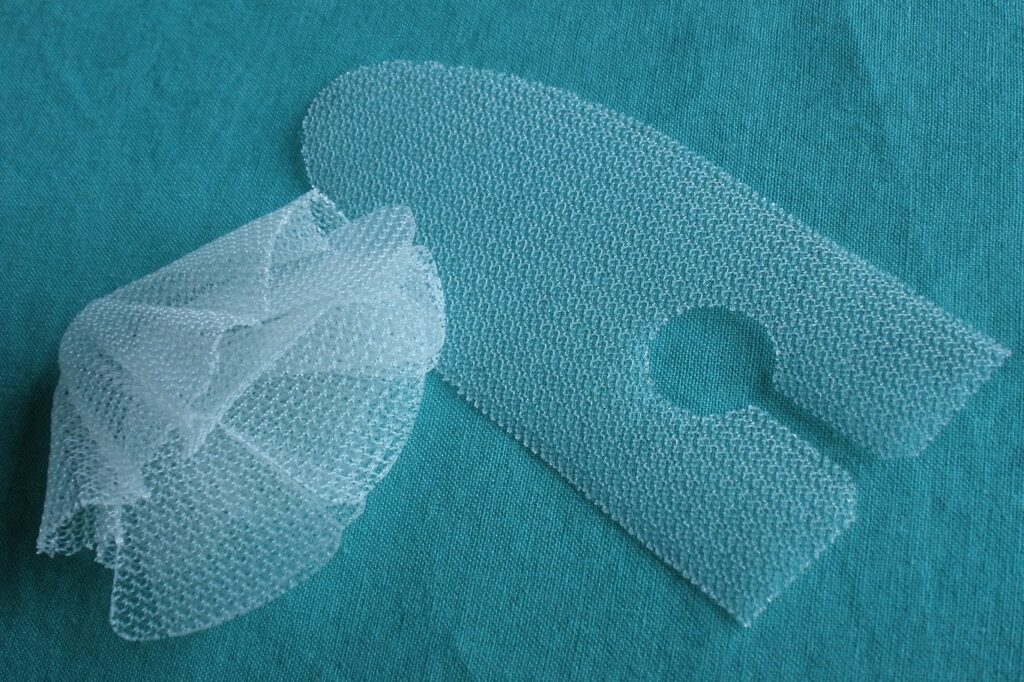When we think about home renovations, our minds often drift to aesthetic upgrades like a new kitchen backsplash or a freshly painted living room. But what about renovations that impact our health? The environment we live in plays a crucial role in our well-being. This is where health-focused home renovations come into play.
In this guide, we’ll walk through some essential tips that not only enhance the look of your home but also ensure it supports a healthy lifestyle. From improving air quality to using eco-friendly materials, these tips are geared towards making your home a sanctuary of health and happiness. Let’s dive in and transform your living space into a haven of health!
1. Enhance Indoor Air Quality
Breathing clean air in your home is non-negotiable for good health. Start by upgrading your HVAC system with high-efficiency filters that trap small particles and allergens. Consider integrating an air purification system, especially in bedrooms and living areas. Don’t forget about indoor plants; they’re natural air purifiers.
Regular maintenance of your heating and cooling systems is crucial — they should be cleaned and serviced annually to ensure they’re not circulating dust and allergens throughout your home. Additionally, using dehumidifiers in damp areas can prevent mold growth, further contributing to cleaner air.
2. Consult with Professionals
For comprehensive renovations, especially those that involve structural changes or specialized installations, professional guidance is invaluable. Consulting with experts like Pro Home 1 Inc can ensure that your renovations are not only aesthetically pleasing but also health-focused. They can offer insights into the best materials, technologies, and designs to create a living space that’s both beautiful and beneficial to your well-being. With their expertise, you can navigate the complexities of home renovation with ease and confidence.
3. Use Non-Toxic Paints and Finishes
The paint you choose matters more than you think. Traditional paints release volatile organic compounds (VOCs), which can affect indoor air quality and health. Opt for low-VOC or no-VOC paints and finishes when giving your walls a fresh coat. These healthier alternatives are readily available and come in a wide range of colors and finishes. They’re particularly important in bedrooms and areas where children spend a lot of time, as they’re more susceptible to airborne toxins.
Beyond walls, consider these safer paints for furniture and cabinetry, too. This simple switch can significantly reduce your exposure to harmful chemicals.
4. Upgrade to Energy-Efficient Windows
Installing energy-efficient windows is a double win: they reduce energy costs and prevent health hazards. Older windows often lead to drafts, cold spots, and condensation, which can contribute to mold growth. Modern, energy-efficient windows have better sealing and insulation properties, keeping your home warm and dry. Look for double or triple-glazed windows with low-emission coatings that also block harmful UV rays while letting in natural light. This upgrade can dramatically improve the thermal comfort of your home, leading to a healthier living environment.
5. Install Hardwood or Tile Flooring
Carpets can be a hotbed for allergens, dust mites, and mold. Switching to hardwood or tile flooring can significantly improve your home’s health quotient. These hard surfaces are easier to clean, more durable, and less likely to harbor allergens.
If you love the comfort of carpets, consider area rugs that can be regularly cleaned or replaced. For those with allergies or asthma, this change can be life-altering. Plus, hardwood and tile offer a timeless aesthetic and can be a great investment for your home’s value.
6. Optimize Natural Light
Maximizing natural light in your home isn’t just about aesthetics; it’s a health necessity. Sunlight is a natural mood booster and helps regulate our circadian rhythms, which can improve sleep quality. Consider installing larger windows, skylights, or solar tubes to increase daylight exposure.
If structural changes aren’t feasible, strategically placing mirrors to reflect natural light can also brighten up your space. This not only makes your home feel more spacious and welcoming but also reduces the need for artificial lighting, which can strain your eyes and increase energy consumption.
7. Improve Kitchen Ventilation
An often-overlooked aspect of a healthy home is kitchen ventilation. Cooking can produce moisture, smoke, and grease that, if not properly vented, contribute to poor indoor air quality. Investing in a quality range hood that vents to the outside is essential. This will help in maintaining cleaner air, free from cooking odors and potentially harmful pollutants. Additionally, make sure that your kitchen has adequate airflow to prevent moisture buildup, which can lead to mold growth.
8. Choose Green Building Materials
For a healthy renovation, be mindful of the materials you choose. Opt for green, sustainable, and non-toxic materials wherever possible. Bamboo, cork, and reclaimed wood are great options for flooring and cabinetry. They not only reduce your environmental footprint but also minimize exposure to chemicals often found in traditional building materials. When selecting countertops, consider natural stones or recycled materials that are less likely to emit harmful substances.
9. Install a Water Filtration System
Clean water is vital for a healthy home. Installing a whole-house water filtration system ensures that the water you drink, cook with, and bathe in is free from contaminants. These systems can remove impurities like chlorine, lead, and other harmful chemicals, improving the overall quality and taste of your water. Additionally, it can also contribute to better skin and hair health by filtering out harsh minerals commonly found in tap water.
Conclusion
Renovating your home with health as a priority is a thoughtful way to care for yourself and your loved ones. These tips offer a roadmap for creating a living environment that supports wellness in every aspect. Remember, a healthy home is more than just a place to live; it’s a space that nurtures and revitalizes you every day. As you embark on your renovation journey, keep these tips in mind to transform your home into a sanctuary of health and happiness. Happy renovating!




